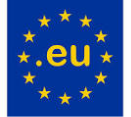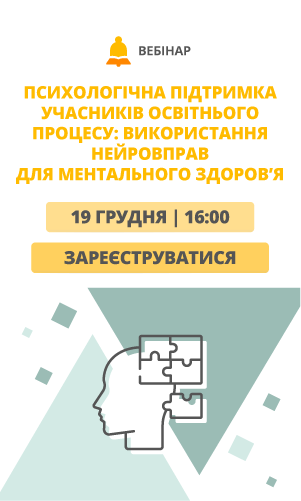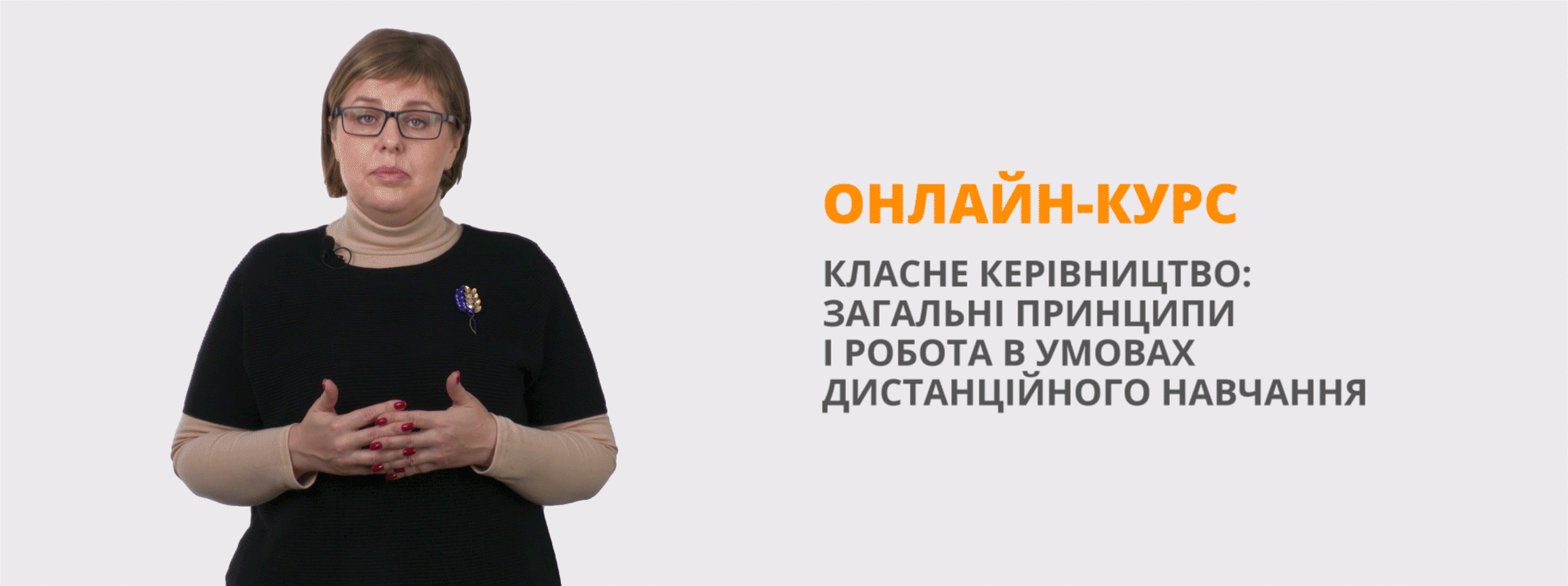Урок "Міжнародні організації: Євросоюз"
Lesson
Theme: International organizations: EU. Non-finite forms of the verbs.
 Objectives: to develop student’s speaking skills through the delivering mini presentation and text based discussions; to broaden students` skills about EU, its history, symbols; to encourage students to express their opinion on the topic; to participate in common conversational exchange about European Union; to develop attention, memory, ability to guess, the ability to self-evaluation; to use non-finite forms of the verbs in writing and oral speech.
Objectives: to develop student’s speaking skills through the delivering mini presentation and text based discussions; to broaden students` skills about EU, its history, symbols; to encourage students to express their opinion on the topic; to participate in common conversational exchange about European Union; to develop attention, memory, ability to guess, the ability to self-evaluation; to use non-finite forms of the verbs in writing and oral speech.
Equipment: Copybook, scheme, table, texts for reading and listening, mini-presentations.
The plan of the lesson
I. Beginning of the lesson.
Aim.
T: I want you to know more about the history of EU, its symbols and institutions.
Warm-up.
T: As you see from the presentation – today we’ll speak about the most interesting and роwerful international organization – the European Union.
So, what is European Union? Let’s start from it’s history.
II. Main part of the lesson.
1. Check on homework.
Check up the information about European Union.
1. Here is a look at what you need to know about the European Union.
The European Union is an international organization made up of 27 European countries. The capital of the European Union is Brussels, Belgium.
It governs common economic, social and security policies of its member states.
The objectives of the EU are to establish European citizenship, ensure freedom, justice and security, promote economic and social progress, and assert Europe's role in the world. It was founded in 1951.
The goals of the EU:
- to continue improving Europe’s economy by regulating trade and commerce;
- to form a single market for Europe’s economic resources.
2. The European Union has enlarged in successive phases from 6 to 28 Member States. At the beginning there were only six member states.
Timeline:
1951 - The European Economic Community (EEC) was created. The member countries were Belgium, France, Italy, Luxembourg, the Netherlands, and West Germany. "The goal was to remove trade barriers and form a common market."
1973 - Denmark, Ireland, and the U.K. become member countries.
1981 - Greece becomes a member.
1986 - Spain and Portugal become members.
January 1, 1995 - Austria, Finland, and Sweden join the EU.
April 30, 2004 - A ceremony is held in Dublin, Ireland marking the expansion of the EU from 15 to 25 members. The new members are Poland, the Czech Republic, Slovakia, Cyprus, Estonia, Hungary, Latvia, Lithuania, Malta, and Slovenia.
January 1, 2007 - Bulgaria and Romania become members.
July 1, 2013 - Croatia joins the EU as its 28th member.
January 31, 2020 – Great Britain left the European Union
3. Candidate Countries:
T: There are also some countries who wants to be in the EU, such as …
The European Union has enlarged in successive phases from 6 to 28 Member States and is destined to grow further, with the Former Yugoslav Republic of Macedonia (FYROM), Turkey, Montenegro, Serbia and Albania already lined up as would-be members. Bosnia-Herzegovina and Kosovo are potential candidates.
On 14 December 2023, the European Council agreed to open accession negotiations with Ukraine.
4. Languages.
The languages of the European Union are languages used by people within the member states of the European Union. They include the twenty-four official languages of the European Union along with a range of others. All 24 official languages of the EU are accepted as working languages. The most widely spoken language in the EU is English. French is an official language in all three of the cities that are political centres of the Union: Brussels, Strasbourg and Luxembourg.
5. The founders.
The main founders were:
- Robert Schuman – French Foreign Minister; who made first step in the process of foundation of the European Community. In a speech inspired by Jean Monnet, Schuman proposed that France and Germany and any other European country wishing to join. "Europe will not be made all at once, or according to a single plan.”
- Jean Monnet – French businessman, political economist and diplomat. He is regarded as a chief architect of European unity and one of the founding fathers of the European Union.
- Konrad Adenauer – German statesman, West German Chancellor (fought for peace, freedom and unity of Germany);
- Winston Churchill – Prime Minister of the UK (1940-1945, 1951-1955);
In 1946 he pronounced a celebrated speech at Zurich University. It was
considered by many people as the first step towards European integration in
the postwar period.
Alcide De Gasperi – Italian Prime Minister. From the very beginning of European integration, De Gasperi, Robert Schuman and Konrad Adenauer met regularly. He helped to organize the Council of Europe and supported the Schumann Plan. He was named the president of the Community in 1954.
T: I hope, you’ll be attentive , so let’s check it.
Speaking.
Ex. 1
Complete the sentences with the appropriate word.
1. There are _________ countries in EU.
2. The capital of the EU is _____________ .
3. The European Economic Community was created in _________ .
4. There are __________ official languages.
5. ____________ is the most widely spoken language.
6. ____________ joins the EU as its 28th member.
7. The first member countries are ___________________ .
T: The second part of our lesson is about the European symbols.
6. European symbols:
І. The flag of the union consists of a circle of 12 golden stars on a blue field. The blue represents the west, while the number and position of the stars represent completeness and unity. Originally designed in 1955 for the Council of Europe, the flag was adopted by the European Communities in 1986.
- the circle of twelve gold stars represents unity, solidarity and harmony between the peoples of Europe.
- number 12 is traditionally the symbol of perfection and unity.
ІІ. The European anthem is an instrumental version of the prelude to “The Ode to Joy”, the 4th movement of Ludwig van Beethoven’s ninth Symphony. Due to the large number of languages in Europe, it is an instrumental version only with the original German lyrics having no official status. The anthem was announced on 19 January 1972 by the Council of Europe after being arranged by conductor Herbert von Karajan. The anthem was adopted by European Community leaders in 1985 and has since been played on official occasions.
- the lyrics “Ode to Joy”, written in 1785 by Friedrich von Chiller.
- in 1985 it was adapted as the official anthem of the EU.
- this anthem expresses the ideal of freedom, peace and solidarity for which Europe stands.
ІІІ. “Europe Day” is a celebration of Europe held annually on the 9th of May. On that day in 1950 year Mr. Robert Schumann made a proposition to create the united Europe. The aim of it – to secure a lasting peace after World War II by uniting European countries economically and politically. This idea began to call the Schumann’s declaration.
IV. “United in Diversity” was adopted as the motto of the union in the year 2000, having been selected from proposals submitted by school pupils. The motto means that via the EU, Europeans are united in working together for peace and prosperity and that the many different cultures, traditions and languages in Europe are a positive asset for the continent.
V. The euro is the official currency of the eurozone, which consists of 19 of the 28 member states of the European Union. Other EU states (except for Denmark and the United Kingdom) are obliged to join once they meet the criteria to do so. (Hungary, Romania, Sweden, Poland, Bulagria, Croatia, Czech Republic).
The euro is the second largest reserve and most traded currency in the world after the United States dollar.
The name euro was officially adopted on 16 December 1995. The euro was introduced to world financial markets as an accounting currency on 1 January 1999. Physical euro coins and banknotes entered into circulation on 1 January 2002. The coins also have a national side showing an image specifically chosen by the country that issued the coin. Euro coins from any member state may be freely used in any nation that has adopted the euro. The design for the euro banknotes has common designs on both sides. The design was created by the Austrian designer Robert Kalina. Each banknote has its own colour and is dedicated to an artistic period of European architecture. The front of the note features windows or gateways while the back has bridges, symbolising links between countries and with the future.
- in 1992 the EU decided to introduce a single European currency the euro
- it became a reality on 1 January 2002
T: Let’s check your knowledge by doing the exercise.
Ex. 2. Match the beginning of the sentences with their endings.
1. The European anthem a) is celebrated on the 9th of May;
2. The European flag b) is an instrumental version of the prelude to
“The Ode to Joy”;
3. “Europe Day” c) is the motto of the EU since 2000;
4. “United in Diversity” d) is the official currency of the eurozone;
5. The euro e) consists of a circle of 12 golden stars on a blue
field.
T: The third part of our lesson devotes to the EU`s institutions.
7. EU institutions:
The European Union (EU) is governed by seven institutions. There are seven of them.
- The European Parliament.
- The Council of the European Union.
- The European Commission.
- The European Council.
- The European Central Bank.
- The Court of Justice.
- The Court of Auditors.
The institutions are not concentrated in a single capital city: they are instead based across three cities, Brussels, Luxembourg and Strasbourg. The current arrangement was agreed in 1992 and attached to the Treaty of Amsterdam. The treaty states that the Commission and Council would be based in Brussels, the Courts in Luxembourg and the Parliament in Strasbourg. However some departments of the Commission and meetings of the Council take place in Luxembourg, while the Parliament has its committees and some sessions in Brussels and its secretariat in Luxembourg. Of the new institutions, the Central Bank is based in Frankfurt, while the European Council is based in Brussels (but has some extraordinary meetings elsewhere).
There are three political institutions which hold the executive and legislative power of the Union.
1) The European Parliament shares the legislative and budgetary authority of the Union with the Council.
The President of the European Parliament (Parliament's speaker) is Roberta Metsola elected in January 2022. The Parliament is composed of 751 members. The European Parliament has three places of work – Brussels (Belgium), the city of Luxembourg (Luxembourg) and Strasbourg (France). Luxembourg is home to the administrative offices (the 'General Secretariat'). Meetings of the whole Parliament ('plenary sessions') take place in Strasbourg and in Brussels. Committee meetings are held in Brussels.
2) The European Commission is the executive arm of the Union. It is a body composed of one appointee from each state, currently twenty-seven, but is designed to be independent of national interests. The Commission is led by a President who is nominated by the Council (in practice the European Council) and elected by the Parliament. The first president was Jean Monnet. The current president of the European Commission is Ursula von der Leyen.
3) The Council of the European Union (informally known as the Council of Ministers or just the Council) is the third of the seven institutions of the European Union. It is a body holding legislative and some limited executive powers and is thus the main decision making body of the Union. Its Presidency rotates between the states every six months, but every three Presidencies now cooperate on a common programme. This body is separate from the European Council, which is a similar body, but is composed of national leaders. The Council is composed of twenty-seven national ministers (one per state). However the Council meets in various forms depending upon the topic.
4) The European Council is the group of heads of state or government of the EU member states. It meets four times a year to define the Union's policy agenda and give impetus to integration.
The current president of the European Council is Charles Michel. The President is elected for a once-renewable term of two and a half years.
Meetings of the European Council usually take place four times a year in Brussels. Meetings traditionally last for two days.
Non-political institutions
The European Central Bank is the central bank for the euro zone, which consists of 19 EU member states and is one of the largest currency areas in the world. It is at the centre of the European System of Central Banks which comprises all EU national banks. The bank is governed by a board of national bank governors and a President.
The Treaty of Amsterdam established the bank in 1998, and it is headquartered in Frankfurt, Germany. As of 2011 the President of the ECB is Christine Lagarde.
The Court of Justice of the European Union is the EU's judicial branch. It is the highest court in the European Union, responsible for interpreting EU law and treaties. The Court was established in 1952 and is based in Luxembourg. It is composed of one judge per member state – currently 28 – although it normally hears cases in panels of three, five or thirteen judges. The court has been led by president Koen Lenaerts since 2015.
The final institution is the European Court of Auditors, which despite its name has no judicial powers. Instead, it ensures that taxpayer funds from the budget of the European Union have been correctly spent. The court provides an audit report for each financial year to the Council and Parliament. The Court of Auditors was set up in 1975 in Luxembourg to audit the accounts of EU institutions. The current president is Klaus-Heiner Lehne.
T: As you can see the EU is powerful organization. It has a lot of tasks to do and for its work has got the prize.
In 2012, the Nobel Peace Prize 2012 has been awarded to the European Union. The EU received the Nobel Peace Prize for advancing the causes of peace, reconciliation, democracy and human rights in Europe.
Ex. 3. Say if the statements are True or False.
- The European Union is governed by four institutions.
- There are three main EU cities: Brussels, Luxembourg and Strasbourg.
- The President of the European Parliament is Martin Schulz.
- The Commission is led by a Prime Minister.
- The European Central Bank is headquartered in Frankfurt.
- The President of the ECB is Mario Draghi.
- The Court of Justice of the European Union is based in Paris.
- The European Court of Auditors has judicial powers.
T: Let’s make one more short conclusion.
- How many countries are there in the EU?
- When was the European Union founded?
- What is the motto of the European Union?
- Who wrote the melody for the European anthem?
- Where are the main institutions of the EU situated?
III. Conclusion of the lesson.
1.Summarizing.
I want to finish my lesson with these words:
Yesterday’s Ukraine is an unknown country.
Ukraine of today is unforgettable discovery.
Ukraine of tomorrow is the life-affirming youth of Europe, wise and experienced.
You worked well today. I think you have learned a lot of interesting and useful facts about the European Union and it will help you to understand the place of Ukraine in the modern society.
Ukraine is unforgettable – discover it to yourself.
I wish you to be wise and free in your choice.
2.Homework:
 You are working on a committee considering the possibility of Ukraine to enter the European Union.
You are working on a committee considering the possibility of Ukraine to enter the European Union.
- Do you think that it is important for Ukraine to enter the EU?
- What benefits will Ukraine get when entering the EU?
- What changes would Ukraine have to go through in order to enter the EU?
Fill in the table and write your For and Against the entering of Ukraine to European Union.


про публікацію авторської розробки
Додати розробку
